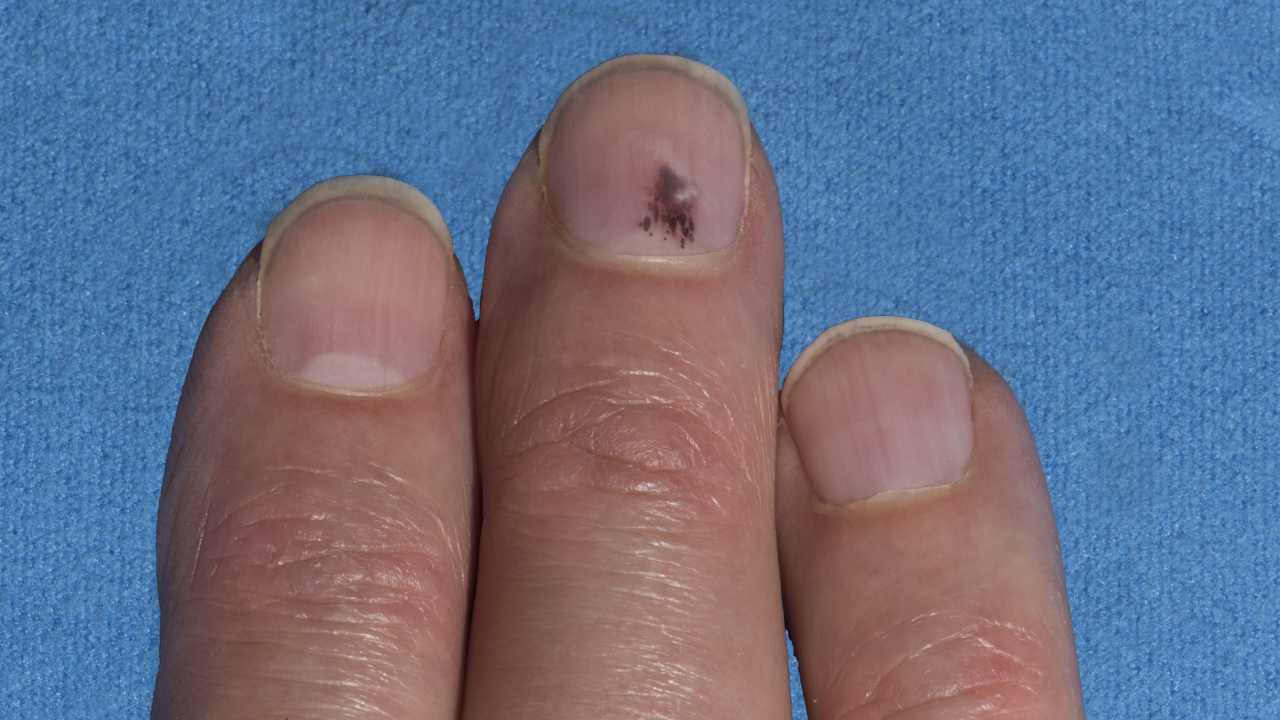 Photo: Getty Images
Photo: Getty Images
Skin cancer should be the easiest type of cancer to find and treat early. It's right there on the surface, visible to the naked eye, and readily accessible for biopsy. Yet skin cancer kills 11,790 Americans per year, according to statistics from the American Cancer Society. The vast majority of these deaths are from melanoma. Surgical removal of the cancer provides a complete cure for many patients whose melanomas are detected early. Thus, many of these deaths are preventable.
Money is the main barrier to early detection, according to authors at the University of Utah. In the early stages, melanomas look like other skin conditions that are much more common. The definitive diagnosis is made by biopsy, and it would be too expensive to biopsy every freckle, mole, birthmark, and other skin irregularity in the entire population. Thus, researchers have developed guidelines for identifying possible melanomas visually. Refined optical methods are still under investigation.
A guideline for initial suspicion is the ABCDE method. Patients can perform self examination for spots that show these characteristics:
1. Asymmetry
2. Border irregularity
3. Color variation
4. Diameter larger than 6 mm (about ¼ inch)
5. Evolving. A change in appearance over a period of 3 to 6 months distinguishes many melanomas from harmless skin conditions.
Dermatologists have a higher success rate than primary care physicians in screening for melanoma, according to Reference 1. One sign of melanoma is the “ugly duckling”. While the appearance of early melanomas varies greatly from one patient to the next, an individual patient may have many benign skin irregularities plus one that looks out of place to a trained eye. The exceptional spot is at risk of being cancerous.
Tools that may be valuable for screening include epiluminescence microscopy (also called dermoscopy or dermatoscopy), other spectroscopic methods, total body photography, and photographic monitoring of specific moles and birthmarks.
Patients with increased risk of melanoma include Caucasians with fair skin who have been exposed to excessive sunlight, especially as children. A family or personal history of skin cancer increases the risk, as does the presence of moles or birthmarks. At least a one-time screening for everyone over age 50 is recommended. Males, elderly people, and individuals with lower educational status are less likely to get appropriate screening, and are diagnosed with more advanced melanomas.
References:
1. Goodson AG et al, “Strategies for early melanoma detection: approaches to the patient with nevi”, J Am Acad Dermatol. 2009 May; 60(5): 719-38.
2. Cancer statistics online:
http://www.cancer.org/acs/groups/content/@epidemiologysurveilance/documents/document/acspc-026238.pdf
Linda Fugate is a scientist and writer in Austin, Texas. She has a Ph.D. in Physics and an M.S. in Macromolecular Science and Engineering. Her background includes academic and industrial research in materials science. She currently writes song lyrics and health articles.






Add a Comment1 Comments
Knowing the ABCDE mole change warning signs and personal vigilance is essential in stopping skin cancer and preventing melanoma. A large problem is getting people to notice subtle mole changes and make that call to a doctor.
March 8, 2011 - 1:23pmAn educational, one-of-a-kind health monitoring kit is making it easier for everyone to notice subtle mole changes and early signs of skin cancer and melanoma. It is the Visiderm Skin Monitoring System and is available online.
Visiderm is the ONLY PRODUCT that records and tracks EVERY mole change warning sign: Asymmetrical, Border, Color, Diameter and Evolving. The Visiderm System was recently featured on the hit medical talk show THE DOCTORS.
This economical and educational product does not diagnose skin cancer, but allows the user to notice subtle changes in a mole and prompt that essential call to a dermatologist. "YOU WON'T KNOW IF YOU DON'T GO (to the doctor) ".
Visidem can also be used in the physician’s office to record patient mole information and be retained in the patient's file for professional follow-up.
Visit www.visiderm.com for complete product details, to order Visiderm and for valuable skin cancer prevention information and links.
This Comment